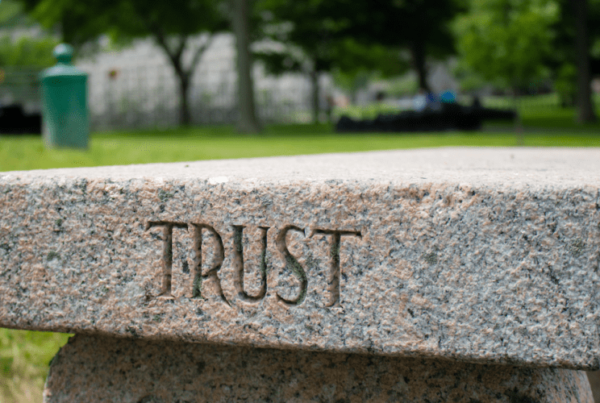Dating apps exist to help people resolve a key matching problem: finding the right mate. What can dating apps teach us about procurement?
There are (at least) three dimensions to the problem.
One, we want to find the right match. It is a difficult search problem on both sides. What characteristics does the right person have? Should we try to figure this out in advance, or should we keep an open mind so that we can be surprised pleasantly?
Two, it can be an expensive, time-consuming process. The single person may need to kiss a decent amount of frogs before they can find the right match. That means a lot of awkward first date conversations over coffees and meals. People can spend more time matching and not enough time connecting, as they say.
Three, it can be risky. By definition, you’re considering all kinds of people you’ve never met before. How can you ensure you’re not going out with someone who is going to steal your identity or attack you physically?
Naturally, there are tradeoffs involved. If we’re willing to take on more risk, we can widen the aperture of our search to consider a broader array of candidates, but potentially lengthening the timeline and adding to the expense of filtering people.
Or we can try to engage in so-called speed dating, hoping to see enough of the relevant features in a short period of time. Of course, we risk moving so quickly that we end up overlooking potentially wonderful fits, but at least our transactions costs are lower.
Dating apps come in all manner of forms to try to help us address these issues.
The right apps allow us to open or tighten our search on some common factors such as education level, location, income, physical appearance, etc., ideally focusing our search so that the investment in further relationship building is more likely to be productive. But they can just as easily expose us to risk in the form of harassment or worse.
There is a tremendous breadth of dating apps. Some permit the woman to make the first move. They exist on a spectrum of a targeted relationships from casual to serious. Increasingly, these apps appear to focus on demographic categories. They all seem to have some algorithm for improving the likelihood of a match.
Dating apps are focused on developing three things:
- Fit: Is this the right person for us?
- Trust: Can we trust this process?
- Efficiency: Can we find our match with the least amount of effort?
They must minimize risk and bias. Here, risk means the risk that the person we meet might waste our time (or, in the worst case, do us some physical harm). Bias refers to algorithms that may be predisposed to favor certain factors and discount others, including potentially race or education or social status.
Procurement poses a similar problem: efficiently matching buyers with the right suppliers for the best combination of value and risk.
Before the pandemic, the conventional wisdoms defined the right match in terms of cost minimization.
This is not necessarily the case after the supply chain disruption experienced during the lockdown. We have other issues to consider in thinking about what makes value for money — including supplier risk, supplier relationships, and diversity and inclusion.
Some people suggest that the best way to understand risk is to have full visibility into the supplier network: to know who supplies your suppliers and who supplies those vendors, ad infinitum. This may or may not be feasible, especially in the case of complicated supply networks such as those in construction services.
An ideal sourcing system would permit buyers to cast the widest possible net in order to see the broadest array of potential solutions and suppliers.
It would help buyers and suppliers access reliable, contemporary market intelligence rapidly and inexpensively. It would have a way to verify information about vendor performance. And it would permit relationships and collaboration, perhaps the best way to manage risk. Know your customer becomes know your supplier.
This is what we have built at EdgeworthBox. Our cloud-based web application sits as a layer in the procurement technology stack. We improve the existing approach to sourcing with tools from capital markets.
Buyers can solicit suppliers, regardless of their existing relationship, given the ease with which they can onboard them using our tools. Buyers and suppliers can access market intelligence quickly and inexpensively.
And everyone in the ecosystem has the opportunity to collaborate and build relationships using familiar social networking tools. Come give us a shout.





